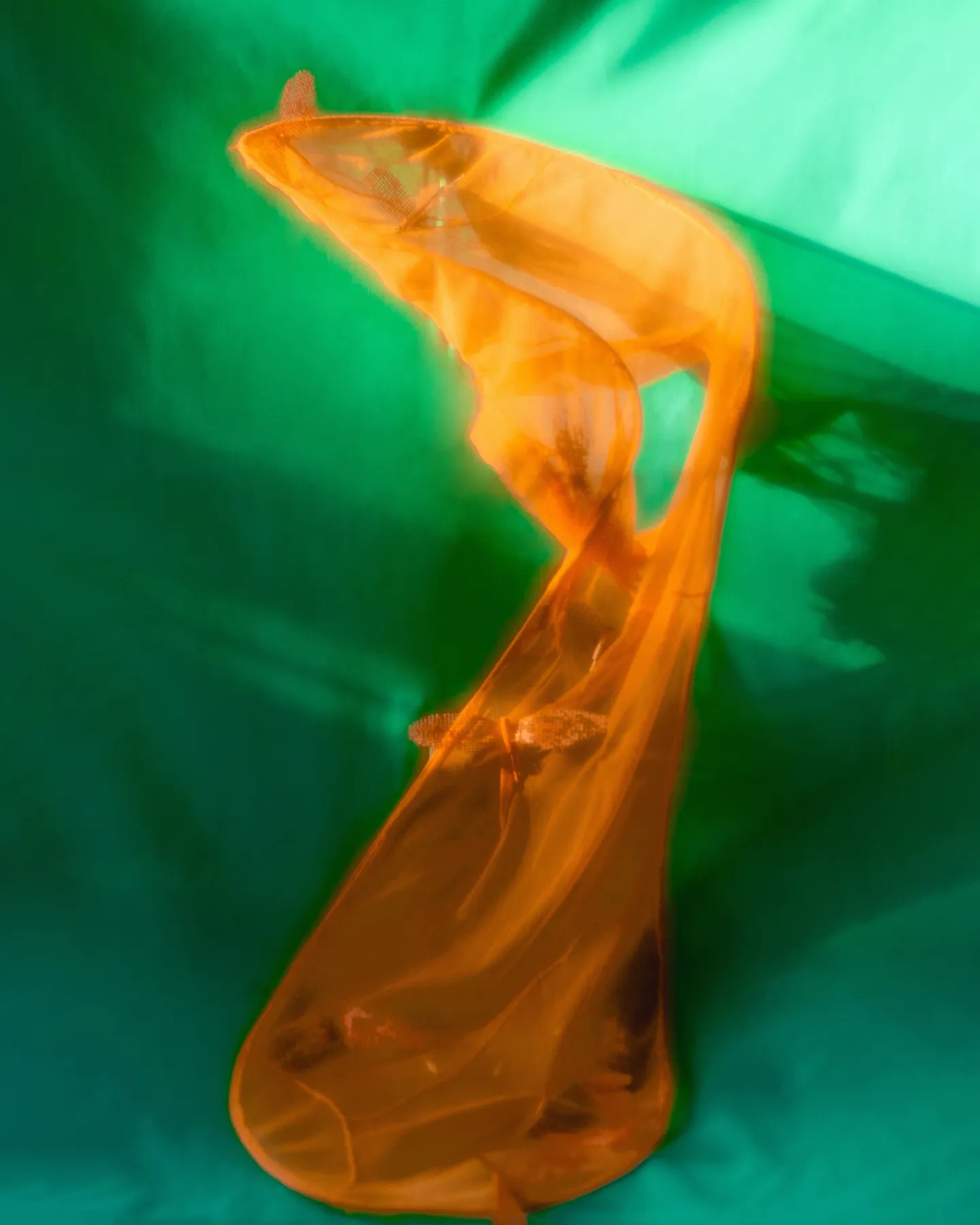Fashion Forward: Purvasha Singh
Five graduates from the National Institute of Fashion Technology (NIFT), Delhi, walk us through their final-year projects
Purvasha Singh
Degree: Bachelor of Design (Knitwear Design)
Home town: Bhopal

How would you introduce your graduate collection?
Inspired by the process of metamorphosis, which in itself is a very strong metaphor for transition, my collection Under The Vault In Our Head is a journey about that second chance at life. It is a narrative of my personal growth, an embodiment of my fight as a sexual assault survivor and an ode to all the other survivors out there.
Metamorphosis — the biological process that brings about physical transformation in some insects, ushering in a state of complete change between birth and death — is also relevant to the human mind where, in a sense, it is always growing in correlation to the experiences it comes across. These internal changes are often invisible to the naked eye and generally hidden inside the “vaults of our minds”. The common denominator across all species is the ability to overcome past tribulations and break the chains of these ordeals to grow anew.
In metamorphosis, the leap from immaturity, the peak and then the eventual decadent death are translated through five stages: ovum, nymph, larva, pupa, and chrysalis.
Each look in the collection takes from its synonymous stage, either through physical appearance or the experience. For example, the over-shoulder accessory in the last look has been inspired by the wing of a chrysalis. In the same vein, the fourth ensemble corresponds to the process of a pupa coming out of a cocoon. This, along with the first ensemble, is one of my most structured pieces of work — the metal elements and 3D crocheting are so prominent. The ensembles are a collection of hand-knitted, hand-crocheted, 3D-crocheted, webbed, embroidered, and constructed circular knit pieces.

What are some underlying concepts — the primary inspirations — behind your collection?
The sorrow, the terror, the growth — the collection has grown with me. I was developing it and simultaneously evolving in the process. The collection showcases five wearable-art ensembles synonymous with the metamorphic stages of a fly. The woman is seen overcoming her past adversities and metamorphosing into a sacrosanct individual. The “me”, presently.

Tell us about the techniques you have used, your design ideology, and the process and details behind your favourite look from the collection.
My favourite look is the very first ensemble, which has been inspired by the structure of an egg — “the beginning”, as I like to call it. The story cannot start without it, and hence it is crucial to the series, and to me. The look showcases a panelled bustier with a tie-up closure at the back, paired with an ombré-dyed skirt and a metal structure shaped like a deformed egg.
Welded metal wires created the structure of a semi-egg onto which I hand-crocheted very fine yarn, resulting in a floating textured shape, if looked at from afar. The metallic edges blend into the yarn, giving a very organic shape to the crochet — the reason why I also call it 3D crocheting. The woman is emerging from an egg — the first step, and also the hardest one in my opinion.

Conversations around personal representation are becoming increasingly prominent in today’s fashion world. In that regard, how would you say your work reflects who you are?
It has been a very interesting journey because the series is a piece of myself. I was sceptical about the translation of such a sensitive topic into fashion but, to me, fashion is a collection of ideas and experiences. And, truthfully, I was just scared to talk about my experience. It is a difficult process, especially when you have to relive the trauma every time you talk about your collection. But in contrast, the story also follows an absolutely positive narrative: it is about the perseverance and personal growth of a sexual assault victim.
Where do you think fashion is going with AI and the metaverse?
The metaverse is currently a very hot topic, and one of the most interesting things outside of fashion and wearability is the case for brands to create hyper-engaged communities. Although at the moment, it has to be paired with the physical because everyone is so new to the space. But it is exciting to see brands and consumers moving towards this immersive phygital world, which can be so transformative and inclusive with its vast potential.

How has the shift towards digital fashion affected your creative process?
Although I am an advocate of traditional methods, the shift will definitely affect my creative process in a positive way. The audience on social media is so hard to market to; it’s very hard to get their attention for longer than 10 seconds. “Metaversing” fashion is the only way to market to this demographic. The creative process should be an adaptive exercise, otherwise it becomes stagnant.
Do you feel digital design is the answer to fashion’s waste problem?
The damage is done and ongoing, and it is a far-fetched dream to expect something so new to remedy a large-scale issue that is exploitative on so many levels.